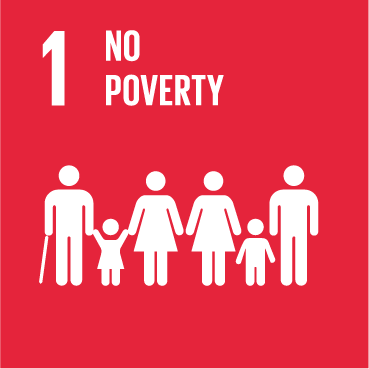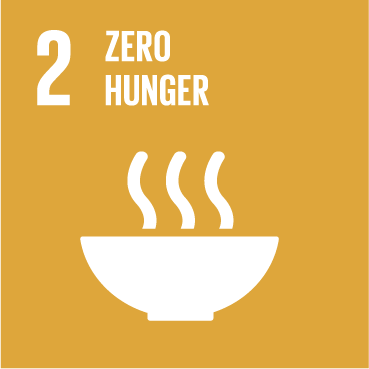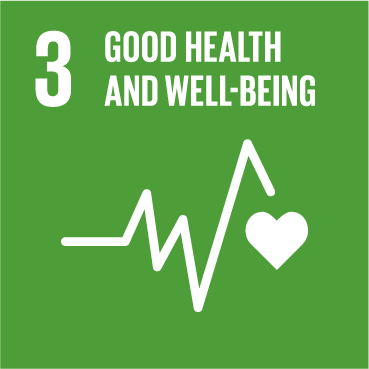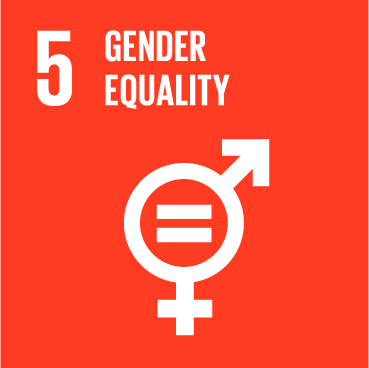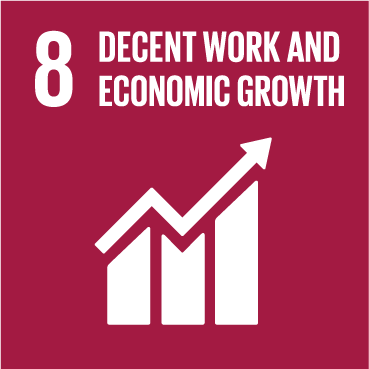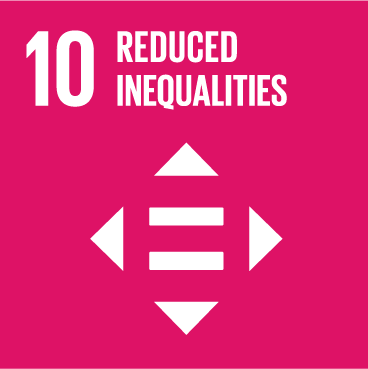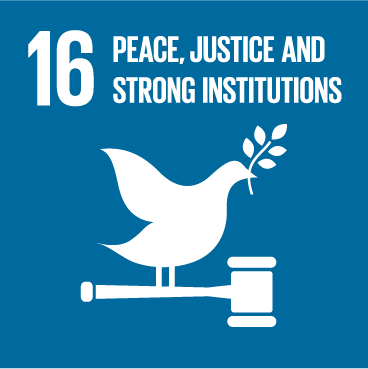Basic Income Grant funding, explained – The Daily Vox Team
There has been a renewed call for the introduction of a basic income grant. The Universal Basic Income Grant (UBIG) has long been spoken about by government and civil society. But the pandemic and recent unrest have intensified the calls. But the question many have asked is how the grant will be funded. We take a closer look at what is being proposed.
What is the Universal Basic Income Guarantee?
The UBIG is offered to citizens aged 18-59, employed and unemployed, abled and differently persons, and young and old. The grant is intended to place poor people above the food poverty line. It’s meant to replace any other social grant programs that currently exist.
It ensures every person receives a certain amount of monthly income which can be used to cover basic needs.
What has the government said?
President Cyril Ramaphosa addressed it during the African National Congress Mandela Day webinar. He said that “suggestions have been made that in addressing the needs of our people we must be bold enough to think about interventions such as a basic income grant. Yes, it requires bravery. This matter is being given serious consideration.”
In her department’s budget vote speech in May, minister of social development Lindiwe Zulu said that the need to introduce a basic income grant has become an “urgent consideration” for the national government.
Zulu said that her department “has developed a basic income grant (BIG) discussion document” and was starting consultations “targeted at developing the BIG financing mechanism for the unemployed population group that is aged 19 to 59 years”.
Where will the money come from?
Here’s a series of basic income options and calculated costing by the Institute for Economic Justice (IEJ). The IEJ has put forward some proposals based on a monthly basic income grant of R585 to all unemployed adults between the ages of 18-59.
The economics think-tank said in a research report that R158-billion is needed to fund the grant. They’ve said that taxation would be the primary source of funding. The IEJ proposes a social security tax (SST) on income. The calculated SST income will be R64.7 billion per annum.
The SST taxation will be a levy of 1.5% on those earning up to R80 000 a year, 2% on earnings between R80 000 and R350 000, 2.5% on earnings between R350 000 to R1-million, and 3% on those earning above R1-million. The IEJ is also proposing a wealth tax on the top 1% richest South Africans.
Bheki Mahlobo, an analyst and economic researcher at the Centre for Risk Analysis says funding a UBIG will move South Africa’s budget deficit by 2%, in their estimations.
“The South African government will need to borrow money from local and international sources in order to finance the budget deficit. This debt will need to be paid off by either increasing taxation; or simply printing money,” Mahlobo said. “This is dangerous for inflation rates that will negatively affect the average South African.South Africa needs to grow the economy. The core issues need to be addressed,” Mahlobo said.
Government will have to find an extra R50 billion in extra income, and add to the tax base. The government would have to cut back on some budget programs, and increase the Value Added Tax (VAT) rate by 2%. South Africa may not be able to sustain added grant recipients to the already 18 million already supported by some form of grant, said economist Mike Schussler.
What are the proposed amounts?
The Studies in Poverty and Inequality Institute has demanded that the UBIG be R1268 a month, to assist over 13 million people living under the poverty line.
Isobel Fry from the Institute said, “With one swoop, we could eliminate poverty by having it paid. If we give too little, it doesn’t have a structural impact”. The amount has to be enough to have a multiplier effect, so people are just not surviving, she said.
The C-19 People’s Coalition, an alliance of social movements, trade unions, community organisations and NGOs also proposed the UBIG amount be R1268 per month. This amount is believed to keep beneficiaries above the poverty line. The poverty line is R1280 per month.
The poverty line is the estimated minimum level of income needed to secure the necessities of life. The food poverty line is R585. ‘Food poverty’ refers to the percentage of people living under the food poverty line if the grant is implemented. According to Stats SA, any person living in South Africa needs to have R585 per month to afford enough food to meet the minimum required daily energy intake needed to survive.
How has it been done in other countries?
The Programa Bolsa Família (PBF) is a government programme introduced in 2003 in Brazil, providing low-income families with cash transfers under conditions.The conditional cash transfer model successfully reduced levels of inequality and hunger .The PBF is funded at less than 0.5% of the country’s GDP. By 2013, Brazil had halved the percentage of the population living in extreme poverty – from 9.7% to 4.3%, and reduced income inequality by 15%. Efficient administration and good targeting has enabled the PBF to achieve its success at a very low cost.
The United Nations Educational, Scientific and Cultural Organization (UNESCO) Policy Lab suggests financing universal basic income should be a mix of the traditional and innovative. UNESCO suggests oil and natural resource-derived funding, reallocation of existing funds, carbon tax and green basic income, private sources, data-driven funding and dividends from marketing socially-owned data.
Why do we need it?
Poverty
One in five South Africans are living in extreme poverty while the country’s wealthiest 10% own more than half the national income. The poorest 40% share just 7.2% of the national income. According to Business Insider, this level of income inequality is the largest anomaly observed by the UN’s Human Development Index (HDI).The country’s inequality in life expectancy and education also rank as some of the highest deviations in the world.
Source: The Daily Vox




